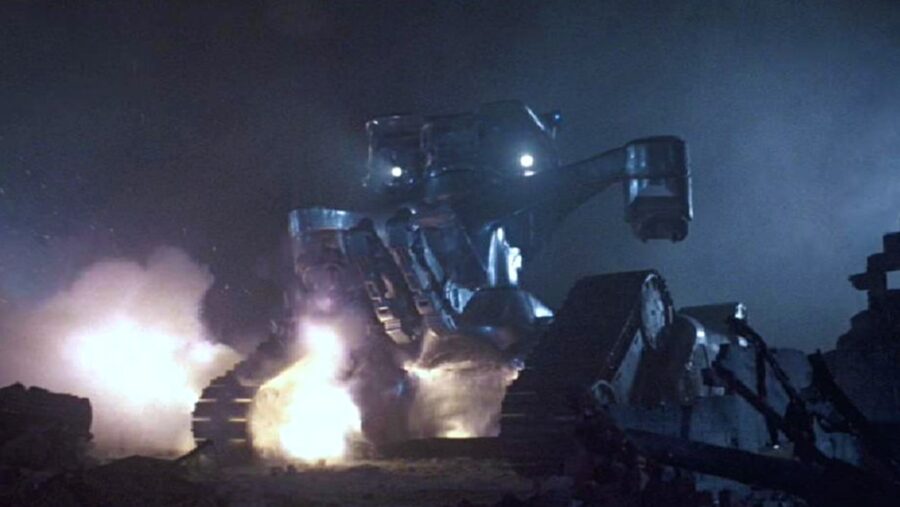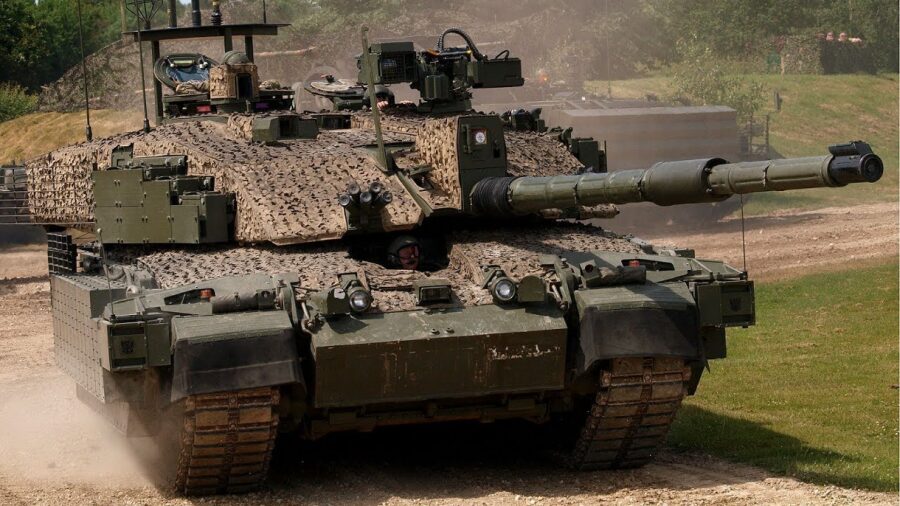Army Robot Combat Vehicles Revealed, Terminator Becoming Reality

Each passing day brings yet another technological advancement, and James Cameron’s The Terminator becomes more of a prophetic piece rather than science fiction. In The Terminator lore, the first of the Terminators was actually a ground assault vehicle built to clear the battlefield of enemy troops. According to the National Defense Magazine, army robots are now a thing as the US Army plans to integrate robotic vehicles into its forces.
Admittedly, the Army takes a slow and methodical approach to developing and integrating the first uncrewed combat vehicle, but the service leaders have already signaled that they’re eager to integrate Army Robots into their formation.
The robots are expected to perform various tasks guided by the crewed vehicle, including intelligence gathering, surveillance, and even lethal operations against adversaries.
This eagerness is caused by the simple fact that the use of these robots saves the valuable lives of service people who might be, for example, entering an ambush. In other words, the Army’s approach with these new robotic combat vehicles (RCVs) is to make first contact with the enemy, thus potentially saving the lives of service people.

This isn’t really a novelty if you’ve been following the developments surrounding the introduction of army robots into current formations. In 2020, the Army contacted QinetiQ North America to produce light surrogate RCVs and Textron Systems for a medium version, but the recent decisions actually favor a single, lighter model. The US Army contracted four additional companies to produce additional prototypes, and each vendor is expected to produce two vehicles for evaluation.
The army robot prototypes are expected to arrive by August 2024, with the next major evaluation of said prototypes scheduled for an exercise in spring 2024 called Project Convergence.
Brig. Gen. Geoffrey Norman and Maj. Gen. Curtis Buzzard discussed how these army robot vehicles offer new ways of fighting and covering more terrain, and current plans will have these RCVs incorporated into groups. A group will be comprised of a single crewed vehicle accompanied by two army robot vehicles. As you might’ve guessed, the robots are expected to perform various tasks guided by the crewed vehicle, including intelligence gathering, surveillance, and even lethal operations against adversaries.
The technical specifications of these army robots are also rather interesting. Each consists of four key components, including a chassis, a network connecting it to a control vehicle, the control vehicle itself, and a modular payload. The lightest of the three versions is conceptualized as a hybrid electric-powered vehicle, with a maximum weight of 8,500 lbs and a maximum payload of 7,000 lbs.
Naturally, the modular payload provides diverse capabilities, which ultimately allows the army robot to significantly augment the combat or reconnaissance capabilities of the whole unit.
The army robot prototypes are expected to arrive by August 2024, with the next major evaluation of said prototypes scheduled for an exercise in spring 2024 called Project Convergence. This project centers around the Army’s efforts to enhance decision-making through a connected combat cloud, combining the data provided by the sensors and shooters in the field.
The use of these robots saves the valuable lives of service people who might be, for example, entering an ambush.
This poses a significant advancement; Microsoft secured an Army contract for its augmented reality glasses some two or three years ago, and the newly developed systems can easily integrate into said glasses.
The information gathered and provided by the army robots could feed directly to the glasses of every serviceperson in the field. The use of these technologies, including army robots, would not only prevent unnecessary loss of life during military intervention but also drastically increase the efficiency of deployed personnel. Que The Terminator theme.












